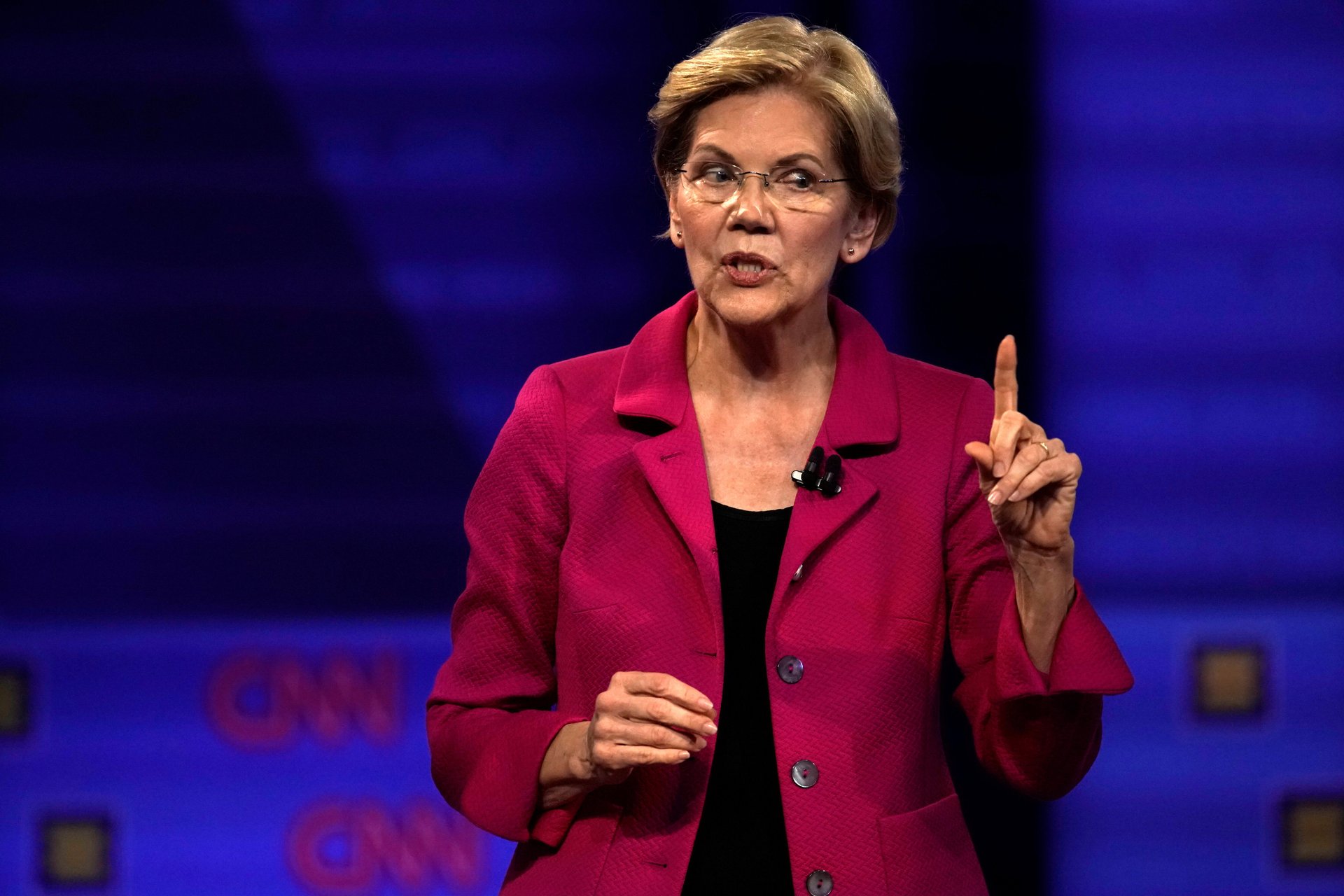Truth is the new dangerous propaganda tool
As social media platforms and politicians argue over how to handle political lies, a new propaganda tool is threatening to shape politics: The truth. Or, rather, a very selective presentation of the truth.


As social media platforms and politicians argue over how to handle political lies, a new propaganda tool is threatening to shape politics: The truth. Or, rather, a very selective presentation of the truth.
Claire Wardle, executive director of First Draft, a nonprofit focused on investigating misinformation, says that disinformation tactics are “flying much closer to the wind” by emphasizing facts used out of context. An emphasis on fact-checking and crackdown on bot networks over the past three years means false statements are more likely to be flagged, which weakens their impact. Misleading but technically true statements, by contrast, escape repercussions. “There are no solutions to this. This is our reality,” she says.
For example, Wardle points a widely-shared image stating that illegal immigrants account for high rates of federal crime, including 75% of drug possession convictions and 30% of kidnapping and hostage-taking. These statistics are, in fact, accurate. But federal convictions make up a tiny percentage of US crimes; the vast majority of these crimes are prosecuted at the state level. Overall, illegal immigrants are 49% less likely to be imprisoned than Americans born in the US, and there’s no connection between numbers of illegal immigrants and crime rates.
“That stuff works so well because there’s no manipulation,” says Wardle. “It’s legal speech and requires people to be much smarter. It requires a fact-checker’s brain on everything you see.”
There are also plenty of examples of people sharing real images but with a false context or framing. This involves none of the manipulation involved in creating deepfakes, it simply uses a true image to create a misleading message. A photo of men holding signs saying “open the border” was widely shared with messages about building a wall along the US-Mexico boarder, for example. Yet the photo depicted Pakistani refugees protesting Greece’s plans to deport hundreds of migrants to Turkey.
The impact of true statements is just one way in which disinformation campaigns differ from the popular narrative about election interference. Though Russia is highlighted as a threat, Wardle emphasizes that Iran, China, Saudi Arabia, Israel, and many other nations are involved in similar subterfuge. Camille Francois, who works on cyber conflict at disinformation detection company Graphika, notes that Iranian hackers have been creating fake social media accounts in the US since 2011.
“There has been a great deal of this stuff happening for a long time and we don’t see it,” she says. The current focus on fake news from Russia can distract from broader concerns about the political conversation.
Wardle says readers should be skeptical about information shared online, especially when it comes to statements that confirm existing biases, which tend to be unquestioningly accepted.
“It’s insane to me we’ve allowed ourselves to be sucked in by this narrative,” says Wardle. “It’s a strong, simple narrative but I think we’re being incredibly naive.”
Let us know if you know more.
This story is from Quartz’s investigations team, which is obsessing over The New Propaganda ahead of the 2020 election. Here’s how you can reach us with feedback or tips:
Email (insecure): [email protected]
Be the first to know.
Sign up for the Quartz investigations email and get updates 2-3 times per month.